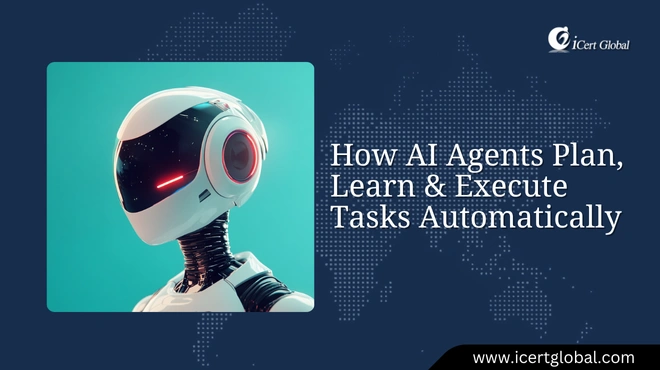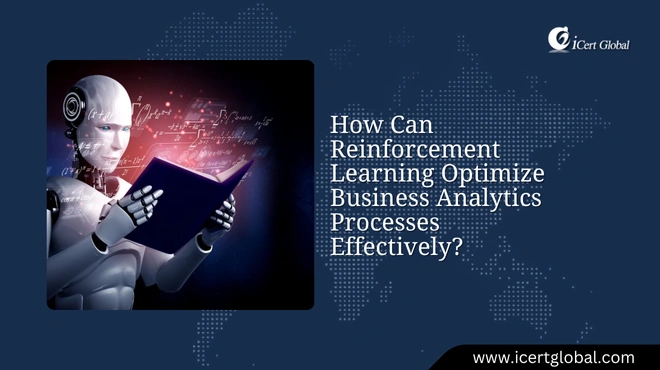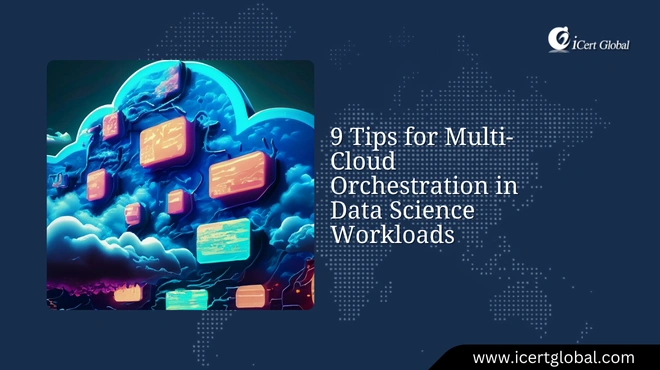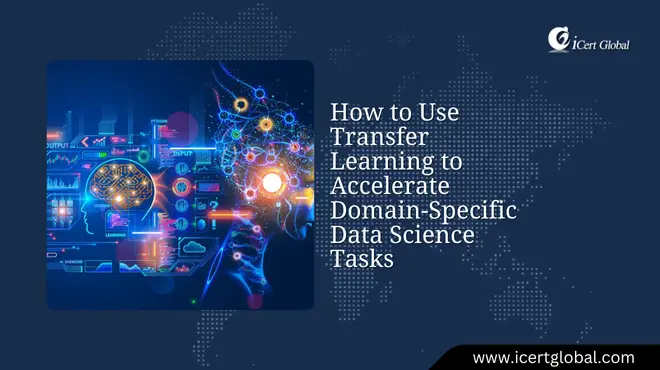Latest Articles
10 Expert Tips for Integrating DevOps Pipelines into Project Management
Modern teams evaluating next-gen project management tools can unlock greater value by incorporating the 10 expert tips f...
How Can Reinforcement Learning Optimize Business Analytics Processes Effectively?
As businesses explore the Top 7 Tools Redefining Business Analytics in 2025, reinforcement learning emerges as a game-ch...
9 Tips for Multi-Cloud Orchestration in Data Science Workloads
Data Science in 2030 will be powered by diverse cloud platforms, and mastering multi-cloud orchestration through these 9...
Technical Challenges and AI Solutions in 6G Network Architectures
By exploring the various types of artificial intelligence, network engineers can better tackle the technical challenges ...
How to Use Transfer Learning to Accelerate Domain-Specific Data Science Tasks
A staggering 92% of businesses experience notable challenges in terms of cost when it comes to data collection and label...
How to Secure Customer Data in Digital Marketing Platforms: Technical Tips
Digital advertising drives conversions, yet implementing strong data security measures on marketing platforms keeps cust...
Top 10 Best Practices for Building Scalable Edge AI Architectures
The worldwide edge Artificial Intelligence market that is predicted to reach more than $20 billion in 2024 will reach ab...
How Can Project Managers Manage Technical Debt for Quality Deliverables?
Modern project management in 2025 goes beyond tool adoption, requiring leaders to balance essential tech skills with pro...
How Can Federated Learning Enhance Privacy in Cybersecurity Solutions?
As we navigate increasing cyber risks, putting computer security first and integrating federated learning can help safeg...
Why Should You Leverage Cloud-Based Tools for Scalable Data Science?
Recent studies of business leaders determined that organizations employing cloud platforms to enable their Data Science ...
How to Leverage AI for Hyper-Personalized Digital Marketing Campaigns
AI is revolutionizing digital marketing by enabling hyper-personalized campaigns that connect with audiences on a deeper...
10 Technical Tips to Secure Your Digital Project Management Ecosystem
As teams adopt top project tracking tools in 2025, integrating technical measures to secure your digital project managem...



.jpg)










.webp)





